Kom People of Cameroon.
Kom People can be found in Cameroon and they are part of the Niger- Congo family, they grow crops such as maize, ground nuts also known as peanuts, cassava and cocoyam . They are related to the Bafum and Wum People of Cameroon . According to other accounts Kom are part of the smaller ethnic group in northwestern Cameroon and they originally migrated from the north to various areas throughout several centuries , It is believed Fulani traders moved steadily southwards into Present day Cameroon in the 17th Century and forced the Kom’s southern drift , It is belived many smaller ethnic groups combined , while other factions spilt away as a result of pressure from Invading Fulanis and during the 18th Century many of them converted to Islam later many of the Kom converted as well , people in the region played an important role in the regional trade routes connecting the seaport of Douala to the south , Fulani and Hausa to the north. In Kom Culture each village is governed by a leader who is selected aa the predecessor and who is usually the head of the lineage, a Fon is considered as a head Chief each of them served by a council of elders who advice the people and Fons an Important in selecting the new next Fon, Kom People raised livestock including chickens and goats also men are responsible for clearing the fields for planting and praticing hunting while women are believed to make soil more fruitful they are responsible for tasks of planting and harvesting crops .
Kom ethnic group include most of Boyo divisions such as Fundong, Belo , Njinikom and Mbingo, traditional coffee is one of Kom’s richest crop they produce other crops such as sweet potatoes, coffee, beans, corn and other crops. In Kom tradition the man’s power and wealth is measured by the number of wives, Kom is both patriarchal and matrilineal for the patriarchal It is believed men hold majority of power and priviledge while the matrilineal they continue on the mother side this include ownership of properties when a male did not have a nephew to Inherit his property the first cousin can receive it as sucession continued this patriarchal and matrilineal inheritance has a great emphasis on respect for elders. According to Kom Oral history during the 19th Century migration in Present day Cameroon, Kom originated from the Upper Mbam in Tikari, they settled in Present day Bamessin while in Bamessin, their population began to grow drastically and rapidly, Fon Bamessin feared an attack that led to wars, It is believed during reign of the Fon of Kom known as Fon Njinnabo I their male population increased some day it led them being over thrown and the Fon of Kom build two seperate rooms after the act was comitted later the Fon of Kom realized he had been tricked, the Bamessin Fon had built a secret door for his men to escaped when the fire started unable to bear the loss and betrayal, It is believed Fon of Kom comitted suicide and died without son, According to a Legend a python appeared and led Kom People to their present day Liakom. The Capital of Kom Kingdom and the town is made up of over 43 villages, Koms are ruled by Fons, the traditional prime minsiter is the counsel of elders known as Nchidoh, this people are recognized by their red feathers on their hats after they have spiritual leaders for the village they take orders and implements them. Afo- a- Akom is a Kom wooden sculptures, the foremost symbol of the Kom People of Northwestern region of Cameroon, In 1960s it was stolen by the French later seven years ago it was recognized in American art gallery it was returned back to Cameroon, Afo a- Akom was a wooden stylized carving of a standing man, crowned and holding a scepter behind a stool supported on three carved buffalo heads, the core is Iroko wood. His face of the sculpture is a sheathed in a copper with reddish and blue beads, the Fon symbolizes the royal authority and promise of continued sucession, the carver of this Statue is not recorded and It is said It was carved by the second Fon who rulee in the 1920s. In 1966, Afo a- Akom was stolen by the french colonies in Laikom from a sared grave, It is believed the seat of Kom People where the Fon resides by one of the prince then french sold it to a middle man who later sold it to an art dealer white supremacists in USA , Afo a- Kom is sacred and It is believed it possesses mystical powers and after it was brought to USA it disturbed them so bad and messed up every thing around them they never got their peace so the man who brought it to New York threw it to the Sea but only to get back home in Cameroon and he went back to see if is still around Yes it was around and It is claimed Warren M. Robbins who collected African arts, It is said he raised an alarm and raised funds together so they can bring back the Afo a- Kom. Kom People also referred as Nkom People they are in the northwest region, southeast of Wum town and northeast of Bamenda, Kom Kingdom is one of the 250 Indigenous ethnic groups of Cameroon, located in the Boyo division, they share boundary with Bum to the north, Babanki to the south and Wum to the west, Nso and Oku to the east. The Inhabitants of the Kom traditionally speak Itanghi- Kom, which is the Kom dialect, traditional Intiation pratices are built into rites of passage which have to do with birth, marriage, title acquisition, sucession, Kom in recognition of the Importance of the skull, represent nearly all decorated utilitarian items, mask is used during Intiation and for education purpose are common. According to Joshua the Kom people are largely subsistence farmers located in a rural, mountainous area near the nigerian border and they are comitted to preserving their tradition culture although with the construction of a good road into the area in 1997, more changes are taking place in the Kom society and they are also known as Bamekon, Bikom, Kong, Nkom or Kom people and Kom society is mainly the men’s affairs though women do take part in the performance of the performance of the dance when It is performed at Funeral Celebrations, Njangwain is performed mostly by women, and sometimes joined men in the dance is very important in Kom Kingdom, the Songs are performed during Njangwain are considered to be memorized such as poems, the narrator or singer receives the the songs from the group which is later passed from their audience, It is also performed during ceremonies such as marriage, birth ceremonies, annual festivals, the song or poem manifests feelings including peace, love and Njang fubonm is a traditional dance performed by both men and women for entertainment and cultural activities. Kom royal dance is performed by young women who are almost ready for marriage the dance is known as Fimbang It reflect on the beauty of Kom women others claimed they are of Tikar origins and alongside they also celebrate the Afo Akom festival.



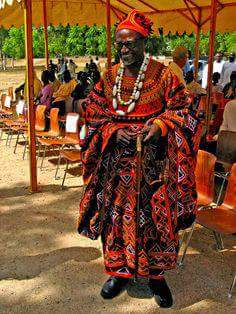
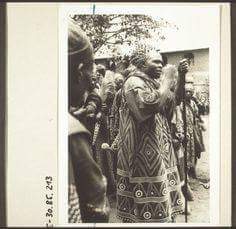
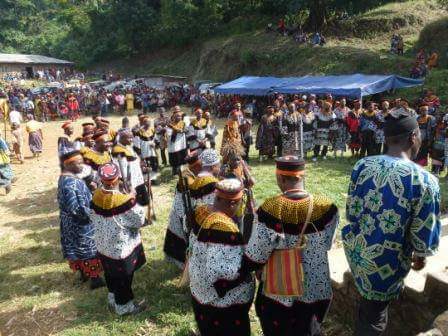
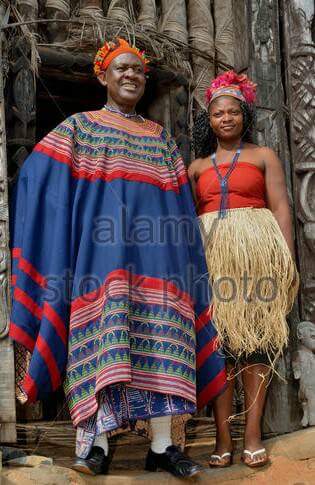

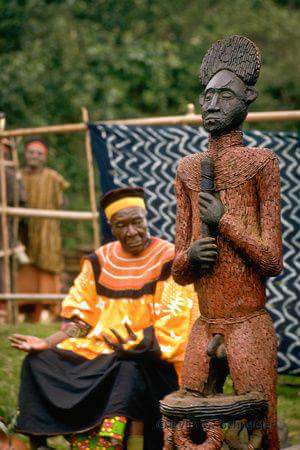
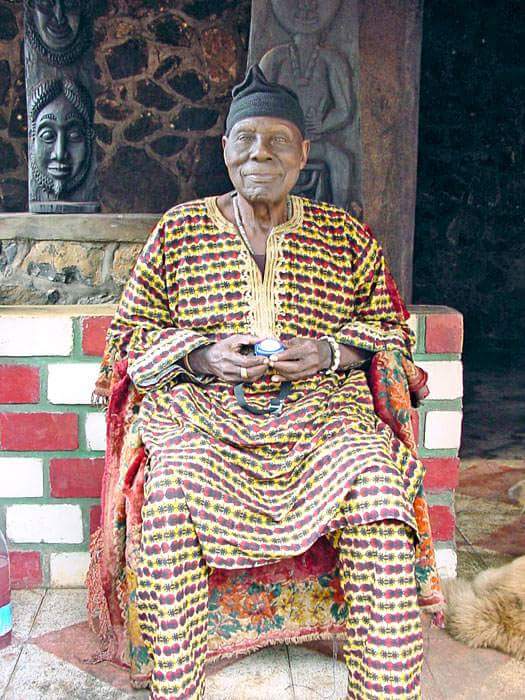
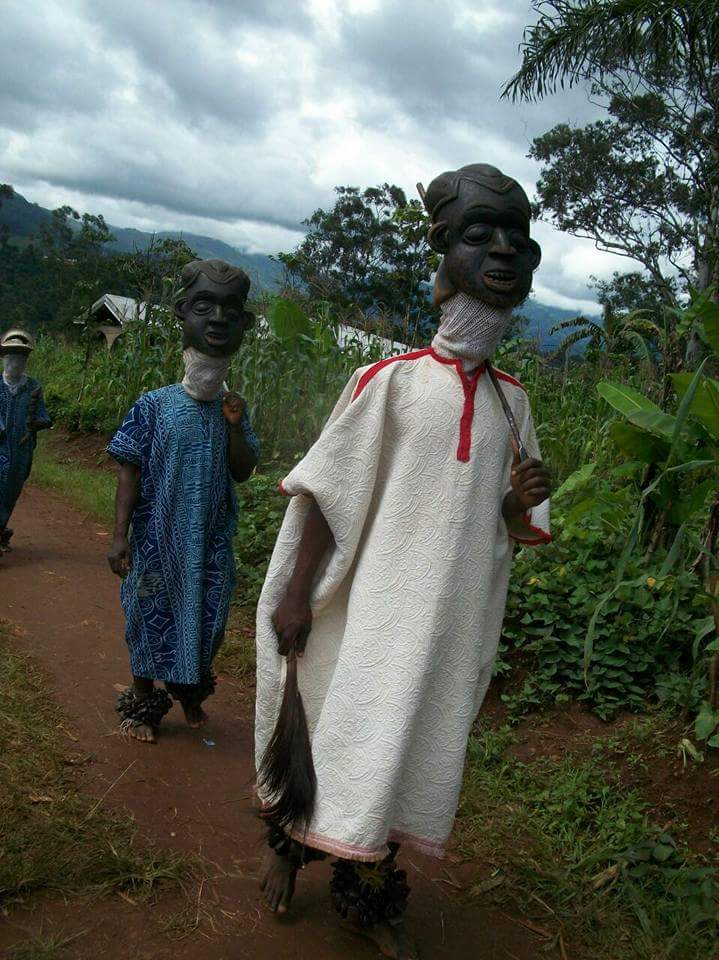
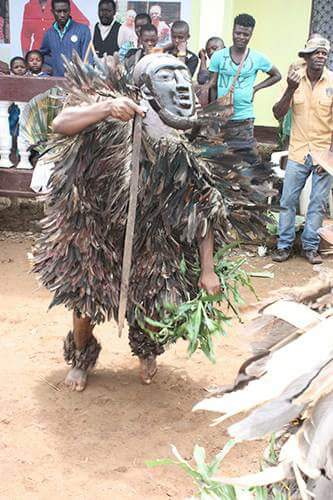
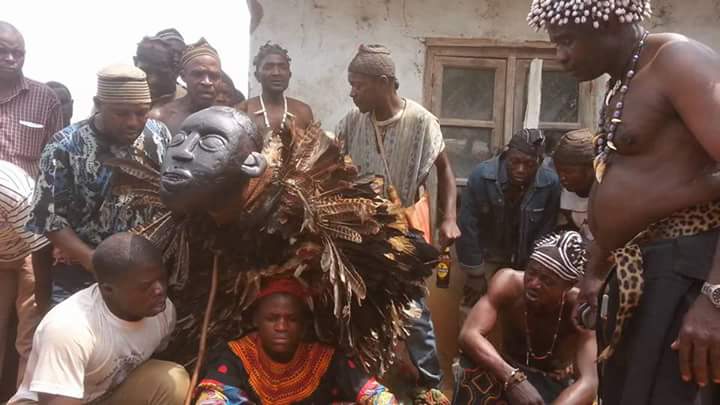
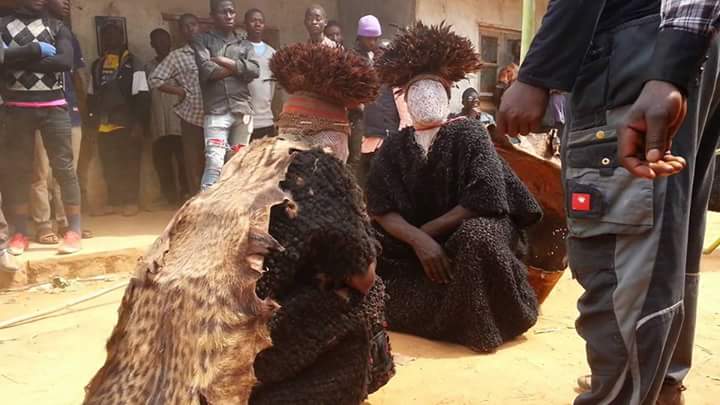
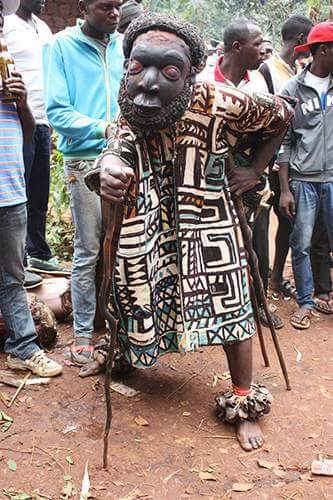
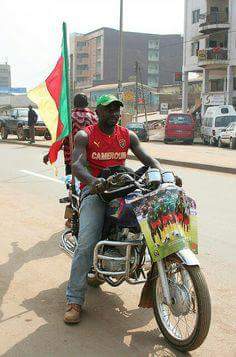

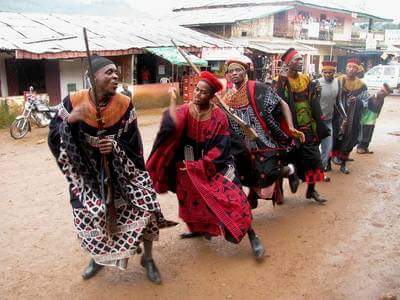

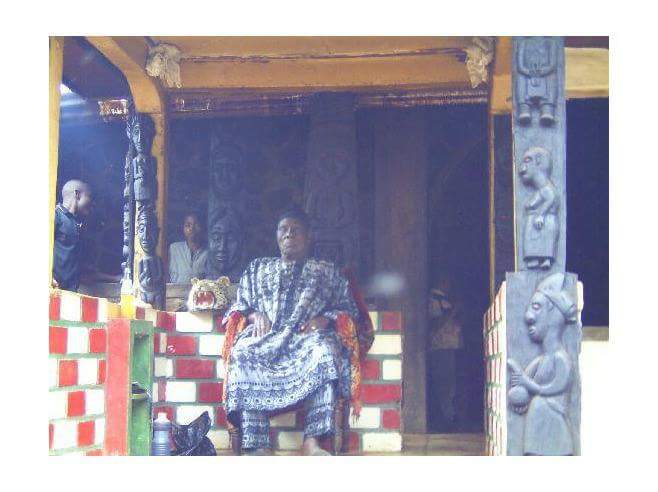
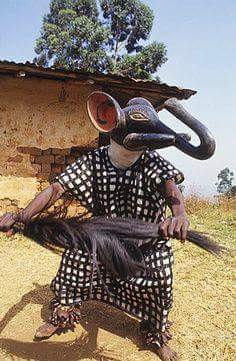

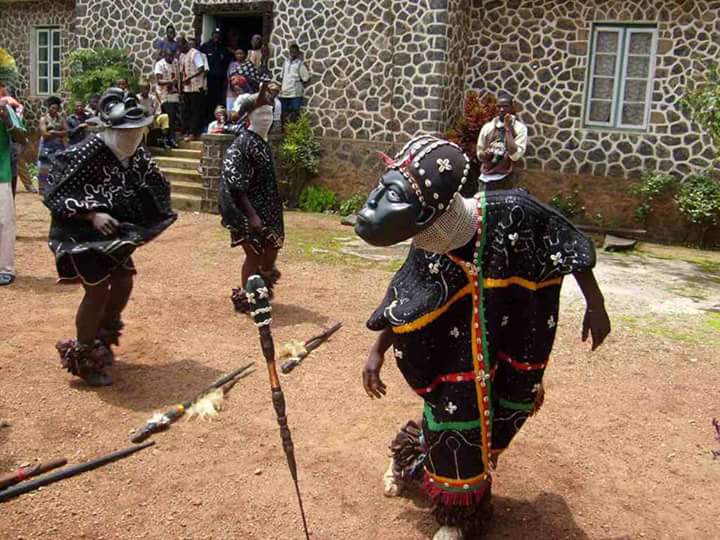
Leave a comment